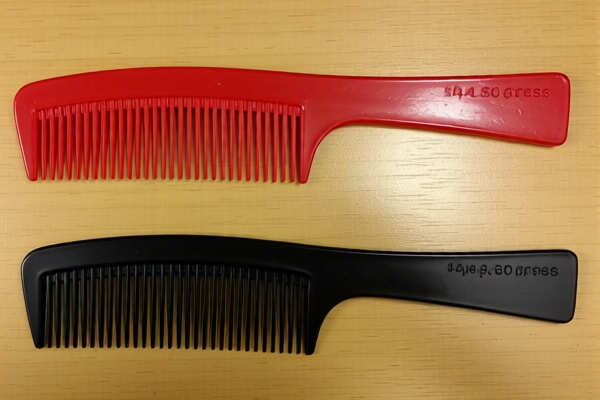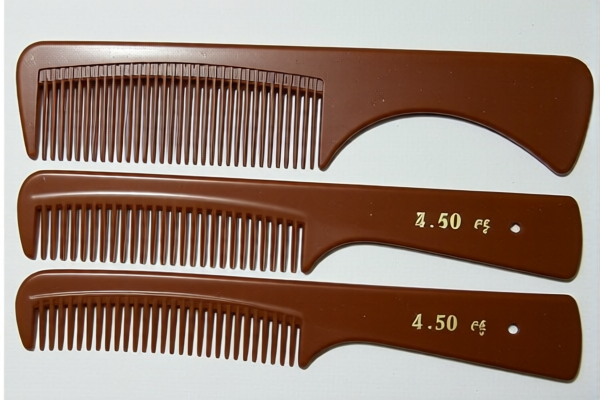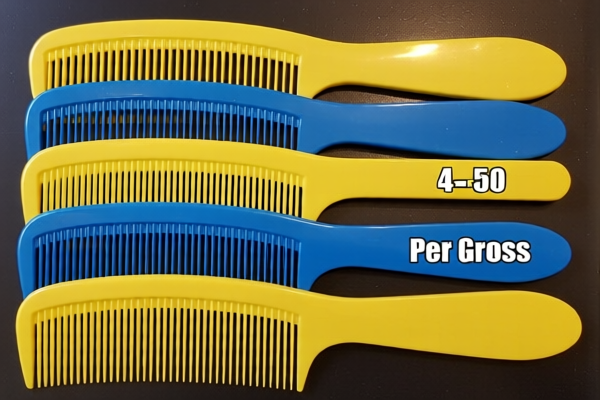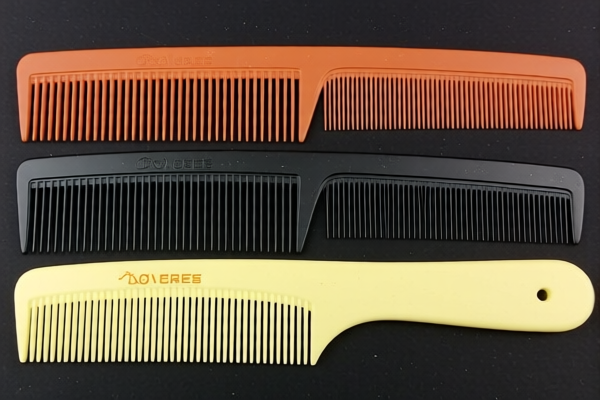| HS Code | Official Doc | Tariff Rate | Origin | Destination | Effective Date |
|---|---|---|---|---|---|
| 5808101000 | Doc | 55.0% | CN | US | 2025-05-12 |
| 5808104000 | Doc | 58.2% | CN | US | 2025-05-12 |
| 5809000000 | Doc | 69.9% | CN | US | 2025-05-12 |
| 6117803010 | Doc | 32.3% | CN | US | 2025-05-12 |
| 6114909010 | Doc | 35.6% | CN | US | 2025-05-12 |
| 6114909070 | Doc | 35.6% | CN | US | 2025-05-12 |
| 6214101000 | Doc | 38.7% | CN | US | 2025-05-12 |
| 6214900090 | Doc | 48.8% | CN | US | 2025-05-12 |
| 6217101010 | Doc | 39.8% | CN | US | 2025-05-12 |
| 6217108500 | Doc | 44.6% | CN | US | 2025-05-12 |




Hair and Headwear
This entry covers both the biological component of hair and the various accessories and coverings used upon it, encompassing cultural, functional, and aesthetic aspects.
Hair
Material: Hair is primarily composed of keratin, a fibrous structural protein, also found in skin and nails. Its structure includes three layers: the cuticle (outer protective layer), the cortex (main body containing pigment and strength), and the medulla (central core, not always present).
Purpose: Biologically, hair provides insulation, protection from UV radiation, and sensory input. Culturally, hair holds significant symbolic meaning relating to identity, status, religion, and aesthetics.
Function: Hair growth cycles naturally through phases of growth (anagen), transition (catagen), and rest (telogen). Hair texture (straight, wavy, curly, kinky) is determined by the shape of the hair follicle and the distribution of keratin.
Usage Scenarios: Hair is subject to various treatments including cutting, coloring, perming, straightening, and styling for cosmetic purposes. It's also subject to natural variations based on genetics, diet, and health. Hair analysis can be used for forensic and medical purposes.
Common Types (based on growth location): * Scalp Hair: The hair growing from the scalp, subject to the most styling and cultural practices. * Facial Hair: Hair growing on the face (beard, mustache, sideburns). * Body Hair: Hair growing on other parts of the body. * Pubic Hair: Hair growing in the pubic region.
Headwear
Material: Headwear is constructed from a wide variety of materials including: * Natural Fibers: Cotton, wool, silk, linen, fur. * Synthetic Fibers: Acrylic, polyester, nylon. * Other Materials: Leather, straw, metal, plastic.
Purpose: Headwear serves diverse functions including: * Protection: From sun, cold, rain, and injury. * Religious Observance: Turbans, hijabs, kippahs, hats. * Fashion & Style: Hats, beanies, headbands, scarves. * Occupational Use: Hard hats, chef's hats, military helmets. * Symbolic Meaning: Crowns, tiaras, ceremonial headdresses.
Function: Headwear provides insulation, shielding, and can be used to convey status, identity, or affiliation. Construction methods vary greatly based on material and intended use.
Usage Scenarios: Headwear is worn in a multitude of contexts, ranging from everyday protection to formal events and specialized occupations.
Common Types: * Hats: Broad category including baseball caps, fedoras, top hats, sun hats. * Beanies/Knit Caps: Close-fitting head coverings for warmth. * Headbands: Worn to hold hair back or as a fashion accessory. * Scarves: Versatile coverings used for warmth, fashion, or religious purposes. * Turbans: Traditionally worn by Sikhs and in some other cultures. * Hijabs/Niqabs: Islamic head coverings. * Kippahs/Yarmulkes: Jewish head coverings. * Helmets: Protective head coverings for sports, construction, and military use. * Crowns/Tiaras: Symbolic headwear denoting royalty or status. * Caps: Fitted head coverings often worn for uniform or sport.
The declared goods, “hair and headwear,” encompass a range of items used for styling hair or worn on the head. These can include braids, ornamental trimmings for headwear, headbands, ponytail holders, scarves, and other similar accessories. The applicable HS codes and associated tariff information are detailed below.
- 5808101000: This HS code covers braids in the piece, specifically those suitable for making or ornamenting headwear, made of abaca or ramie. Chapter 58 relates to textile fabrics not woven, while heading 5808 specifically addresses braids, ornamental trimmings, tassels, and pompons. The subheading 5808101000 further specifies braids made of abaca or ramie. The total tax rate is 55.0%, comprising a base tariff of 0.0% and an additional tariff of 25.0%, increasing to 30% after April 2, 2025.
- 5808104000: This HS code also covers braids in the piece suitable for making or ornamenting headwear, but these are made of cotton or man-made fibers. The total tax rate is 58.2%, consisting of a base tariff of 3.2% and an additional tariff of 25.0%, increasing to 30% after April 2, 2025.
- 6117803010: This HS code covers other made up clothing accessories, knitted or crocheted, specifically accessories containing 70 percent or more by weight of silk or silk waste, such as headbands and ponytail holders. Chapter 61 relates to articles of apparel and clothing accessories knitted or crocheted, heading 6117 covers knitted or crocheted accessories, and subheading 6117803010 specifies accessories made of silk or silk waste. The total tax rate is 32.3%, with a base tariff of 2.3% and an additional tariff of 0.0%, increasing to 30% after April 2, 2025.
- 6217101010: This HS code covers other made up clothing accessories, specifically accessories containing 70 percent or more by weight of silk or silk waste, including headbands and ponytail holders. Chapter 62 relates to articles of apparel and clothing accessories not knitted or crocheted, heading 6217 covers accessories, and subheading 6217101010 specifies accessories made of silk or silk waste. The total tax rate is 39.8%, with a base tariff of 2.3% and an additional tariff of 7.5%, increasing to 30% after April 2, 2025.
- 6114909010: This HS code covers other garments, knitted or crocheted, made of other textile materials, specifically other tops. Chapter 61 relates to articles of apparel and clothing accessories knitted or crocheted, heading 6114 covers other garments, and subheading 6114909010 specifies other tops made of other textile materials. The total tax rate is 35.6%, with a base tariff of 5.6% and an additional tariff of 0.0%, increasing to 30% after April 2, 2025.
- 6214101000: This HS code covers shawls, scarves, mufflers, mantillas, and veils made of silk or silk waste, containing 70 percent or more by weight of silk or silk waste. Chapter 62 relates to articles of apparel and clothing accessories not knitted or crocheted, heading 6214 covers shawls, scarves, etc., and subheading 6214101000 specifies those made of silk or silk waste. The total tax rate is 38.7%, with a base tariff of 1.2% and an additional tariff of 7.5%, increasing to 30% after April 2, 2025.
Customer Reviews
No reviews yet.